
我們的目標是教育. 我們有 64 萬學生在裡面. 印度有大約 320 百萬 (年齡 5 對 14). 鮑勃·康普頓的電影, 兩百萬分鐘, 觀察到,很多學生在印度和中國花更多的時間獲得學術知識. 是什麼在起作用,在印度文化將是從我們的美國文化有什麼不同的作品. 有些人可能會說,我們花時間發展成熟的孩子 . Does it matter to many Americans that while we study the Super Bowl and 歡樂, 印度和中國學生花更多的時間來建立自己的知識基礎? 是的, poverty and weak infrastructure are challenges India faces, but often when you’re coming from behind you’re more hungry to achieve. These are our global friends 和 our competitors.
It is India Time — India will participate in the next PISA test (項目國際學生評估) — 首次. There have been a number of new educational initiatives that have made this possible. One of the major programs was explained to me by Sridhar Rajagopalan (Head of Educational Initiatives), 一個任務一個人徹底改變印度人和其他人思考的學習.
什麼樣的教育系統將允許印度擁有全球競爭所需的人際交往能力?
我們的目標是有一個教育系統,使人們能夠充分發揮其學術潛力. 這將使印度參與全球競爭,並有國內社會,人們正在從事有意義和有能力解決所面臨的社會問題. The system would need to focus on academic excellence and research, and also on developing compassionate and caring individuals.
What are your major challenges?
One of the basic problems the Indian education system faces is our high focus on rote learning. The problem of rote learning is discussed in many countries around the world, including America. 然而, I think rote learning is a severe problem in India. Rote learning is like saying you don’t need to understand; you don’t need to be able to think and apply knowledge; as long as you can recite what is in a lesson in a textbook, that’s fine. This problem is reflected in our school leaving exams. It’s reflected in the fact that certification is the all important focus, versus learning. The problem is even more serious in rural areas where children are struggling to develop basic skills. So our system needs to focus on learning with understanding, developing critical thinking skills, and developing a lifelong passion for learning.
So if you change the way you test, it might influence the way children are taught?
絕對. The primary purpose for which we use testing is so that the system, the parents, 老師們, and the government understand that students are learning. If we change the way we currently test, we can improve both the way we teach and the quality of what children learn. We are beginning to make the first few steps in this direction.
What have you done in the past 5 – 10 years to improve student assessment?
We began our work with low stakes assessment. The first step involves regular assessments. The purpose is to diagnose and to give a benchmark. Our diagnostic work has been considered cutting edge compared to the rest of the world. One of our advantages is our very large sample base of students. The second advantage we have is that we go into great depth in our diagnostic work, 例如. what do students understand about angles. When we do a student assessment we capture the students’ responses on video. The videos become very helpful in training and supporting the teacher.
The next step is where the technology comes in. In each stage of teaching a new concept, there are many potential misconceptions by students. Instead of expecting a teacher to identify all these misconceptions when she has 35 or more children in her classroom, we have discovered that with carefully developed computer programs, we can do that for the teacher. Let me give you an example. If a child has not grasped a concept, a teacher might feel she needs to teach that child the concept all over again. With the help of our diagnostic tools, we can assist the teacher to better understand exactly where the child’s lack of comprehension lies, enabling the teacher to better focus the child towards the correct answer. We have created a personalized, intelligent computer based learning program that is based on the misconceptions research — a program called Mindsparkthat has been used by leading Indian schools for over 2 歲月, and has just started to be used in rural India and the US.
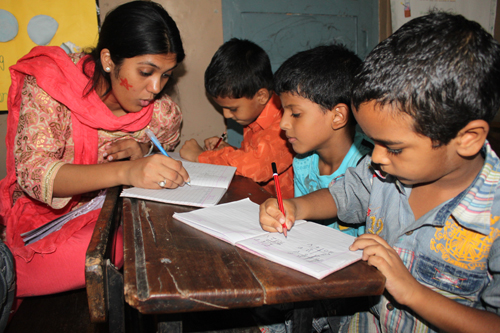
How broad is the distribution of this assessment initiative and what has been its impact?
We currently work with 3,000 民辦學校. Similarly we are working in government schools in about 20 出 28 states in India, many countries of South Asia, the Gulf, and in Singapore. Through an initiative supported by Google and in partnership with various state governments, we conducted a detailed class-wise assessment on student learning levels in 2009. We have just completed an assessment (in partnership with the government of Mumbai, UNICEF and McKinsey) for every single child in Mumbai in 3rd and 6th grade, and are now doing the same thing with two of our other most progressive states. We expect to see additional states following this lead. Governments have invited us to join committees to reform assessments based on our success. Large systems tend to move slowly, but people are interested in making the kinds of changes I am describing. The fact that government has now supported India’s participation in PISA is an example of government confidence that this approach is working.
What is your view about the impact of academic pressure on student mental health and emotional well being?
Our problems right now in India are different to those of more developed nations. India has a poor education system. 然而, our society values education more than anything. Success in education means getting a good job. 現在, a very small percentage (不到 15%) of our children reach higher education. This is not because of lack of interest. Our problem is poverty and low quality of education. In certain elite schools, there has been some discussion about pressure and test taking. But most parents and teachers believe the pressure is inevitable and necessary because of the competition that exists due to supply and demand for good college places.
What is your vision of the well educated Indian student?
There would be three constants. The first bucket I would call critical thinking, which would include creative thinking and the ability to solve problems. Values and ethics would be in my next bucket: compassion and sensitivity and an understanding of the importance of contributing to your society. Then my final bucket would include strong academic stills along with the desire to excel and to do excellent work.
World Wisdom from India
Rote learning will not lead to educational excellence. A successful system will not focus on end of school exams, 而是在思考的能力和運用知識並產生同情和敏感的人. 改變你的測試,以提高你教的方式方法和學習質量. 這個社會放在教育和個人的渴望學習的價值會對一個國家的教育進步的顯著影響.
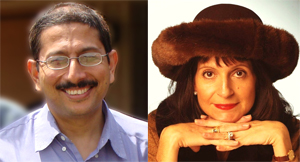

在 全球搜索教育, 加入C.M. 魯賓和全球知名的思想領袖,包括邁克爾·巴伯爵士 (英國), 博士. 萊昂特司特因 (美國), 博士. 琳達·達林 - 哈蒙德 (美國), 博士. 馬達夫恰範 (印度), 邁克爾·富蘭教授 (加拿大), 霍華德·加德納教授 (美國), 伊馮娜赫爾曼教授 (荷蘭), 克里斯汀Helstad教授 (挪威), 玫瑰Hipkins教授 (新西蘭), 科妮莉亞Hoogland教授 (加拿大), 太太. 尚塔爾考夫曼 (比利時), 多米尼克·拉方丹教授 (比利時), 休·勞德教授 (英國), 本·萊文教授 (加拿大), 巴里McGaw教授 (澳大利亞), 斯瑞達拉賈戈帕蘭 (印度), 肯·羅賓遜爵士 (英國), 帕西SAHLBERG教授 (芬蘭), 安德烈亞斯·施萊歇 (PISA, 經合組織), 博士. 大衛·謝弗 (美國), 總理斯蒂芬·SPAHN (美國), 伊夫Theze (法國公立高中美國), 查爾斯Ungerleider教授 (加拿大), 托尼·瓦格納教授 (美國), 迪倫Wiliam教授 (英國), 西奧Wubbels教授 (荷蘭), 邁克爾·楊教授 (英國), 和張民選教授 (中國) 因為他們探索所有國家今天面臨的大畫面的教育問題. 全球搜索教育社區頁面
ç. M. 魯賓是兩個廣為傳誦的在線系列,她接受了筆者 2011 厄普頓·辛克萊獎, “全球搜索教育” 和 “我們將如何閱讀?” 她也是三本暢銷書, 其中 真正的愛麗絲夢遊仙境.

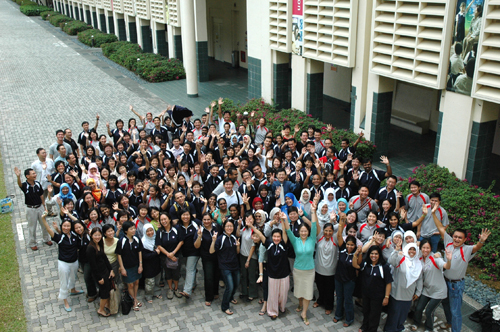
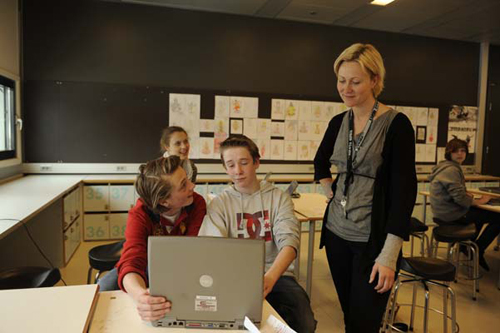
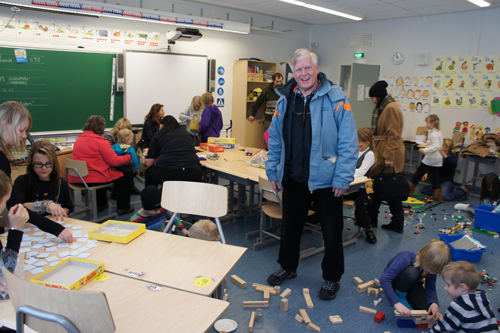

最新評論